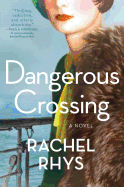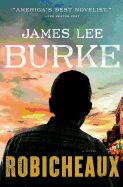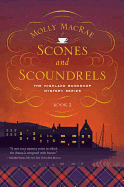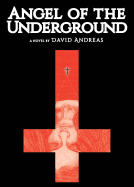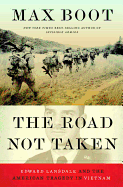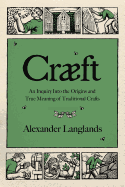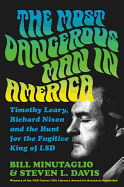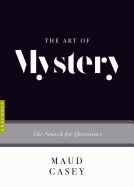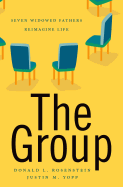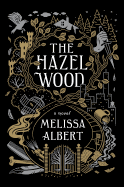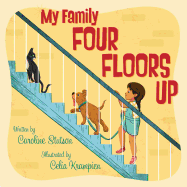 |
| photo: Liz Linder Photography |
Mira T. Lee's debut novel, Everything Here Is Beautiful (reviewed below), was selected by ABA booksellers as one of Winter/Spring 2018's Top 10 Debuts. Her short fiction has appeared in literary journals, including the Gettysburg Review and Triquarterly, and has twice received special mention for the Pushcart Prize. Lee has also been a graphic designer, a pop-country drummer, a salsa dancing fanatic and a biology grad school dropout. She is an alum of Stanford University, and currently lives in Cambridge, Mass.
Your novel explores the family dynamic between two sisters, Lucia and Miranda, and how mental illness impacts their relationship throughout their lives. What inspired you to focus on mental health in families?
Mental illness is very close to my heart because of having family members who have struggled with it. However, that wasn't my initial focus in the first drafts of the novel because I think I was afraid to go there. One of my early readers felt there was a layer I wasn't exploring, and he was right. People talk about having unfair advantages and, in this case, my unfair advantage was that I had firsthand experience dealing with mental illness. I knew I needed Everything Here Is Beautiful to delve into that more deeply.
With mental illness, there are so many fraught issues that cause a lot of conflict. I've always been drawn to conflict, particularly ones without right or wrong answers. Adding the layer of mental illness made the existing relational conflicts in this novel even more complex. The result was a story that I don't think many people could tell.
You also spotlight mental illness within the immigrant community, which makes Everything Here Is Beautiful a different kind of novel, with its message of mental illness impacting all people. Was that a conscious decision on your part?
I'm Chinese-American, and throughout my adult life I've known people from every background--people of color, international students, documented and undocumented immigrants, everyone. Writing about people from everywhere in the world feels natural to me. It's organic. Many novels and memoirs about mental illness tend to have a very white middle-class narrative. While it's great to see all these stories getting attention, mental illness does affect every community--regardless of race, culture or socio-economic status--in the most random-seeming of ways.
Another community that you portray is people with disabilities: Manny, who has one arm, and his brother Freddy, who was written off by a shaman as someone destined to remain "a dunce." You break new ground while shattering stereotypes.
That's another part that felt very organic. I didn't set out to include someone who had a particular disability. They were just people first, as they should be.
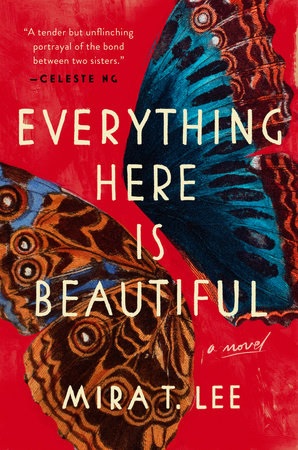 How long did it take you to write this novel?
How long did it take you to write this novel?
It started as a short story published in 2010, so that means some of my characters first appeared almost a decade ago! In 2013, I began writing this story in earnest as a novel.
The descriptions of Ecuador are especially vivid. Do you have a connection to that country? Have you lived there or visited for a long period of time?
Yes, I have visited Ecuador. Some of those descriptions were from memory, but my research included reading everything I could--travel and backpacking blogs, English news sites, blogs by expats living in the region--to get a better sense of daily life in Ecuador.
You mention NAMI (National Alliance on Mental Illness) in the acknowledgements. Did you consult or work with them to write this book?
Because of my personal experiences, I'm a NAMI member and have heard so many stories of families going through similar things. I've gone to a lot of support group meetings. The people who show up are from all walks of life. I also researched the more medical aspects of these illnesses, consulted with several psychologist friends about certain details and read blogs and memoirs by people who have various mental illnesses.
The phrase "everything here is beautiful" is echoed several times in the novel by Lucia. Aside from that, does the title have any special significance or origin?
That's a long story. It was not my original title, and it wasn't even the one that the book was sold with, either. My editor and I came up with it after many others were rejected. I wanted to have Lucia's name in the title, thinking that would be a good way to orient the reader with so many other characters. We went through hundreds of ideas and when I went through the book page by page to see if there was something I could pull out, "everything here is beautiful" made the list. Mostly, I wanted it to be memorable.
What do you hope that people who have a family member with a mental illness or disability take away from Lucia and Miranda's story?
I hope readers--regardless of their family situation or personal experience--aren't put off by the descriptions of the book that involve mental illness. At its heart, my goal was to write about people's lives and the conflicts in relationships and families. This just happens to be one.
That said, I hope readers see Everything Here Is Beautiful as a story with many sides. My dedication is "for the families" because I haven't seen any other novels that take a 360-degree view and include all family members--spouses, children, siblings, parents. The general public doesn't know what these families are going through. I just hope that people know that they're not alone. --Melissa Firman, writer, editor and blogger at melissafirman.com
Mira T. Lee: The Many Perspectives of Mental Illness
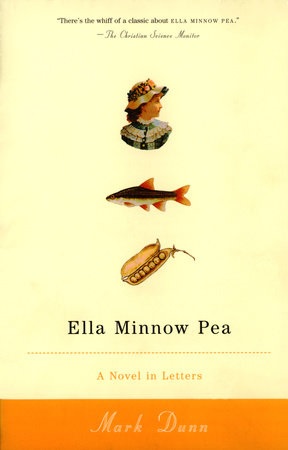 Mark Dunn's Ella Minnow Pea ($15, Anchor) starts out like any epistolary novel, collecting a series correspondence sent between its characters. There's a catch, though--as the laws on the small fictional island of Nollop change, residents there are prohibited from using certain letters in either written or spoken language. As these letters drop from the residents' use, they drop from the novel itself, resulting in a surprisingly coherent story about language and totalitarianism.
Mark Dunn's Ella Minnow Pea ($15, Anchor) starts out like any epistolary novel, collecting a series correspondence sent between its characters. There's a catch, though--as the laws on the small fictional island of Nollop change, residents there are prohibited from using certain letters in either written or spoken language. As these letters drop from the residents' use, they drop from the novel itself, resulting in a surprisingly coherent story about language and totalitarianism.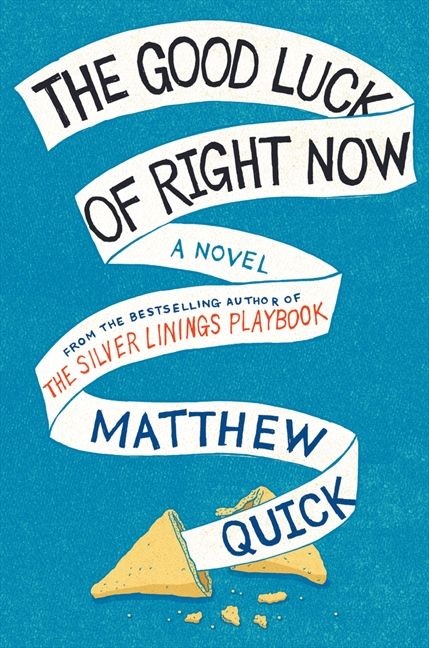 The letters in Matthew Quick's The Good Luck of Right Now ($14.99, Harper) are entirely one-sided, written by a grieving Bartholomew Neil to Richard Gere. The one-sided letters reflect Neil's one-sided friendship with the actor, whom he has never met and who never responds to his inquiries. The result is correspondence that reads something like a diary, something like dialogue, giving Neil's search for answers to his pressing questions an added sense of urgency.
The letters in Matthew Quick's The Good Luck of Right Now ($14.99, Harper) are entirely one-sided, written by a grieving Bartholomew Neil to Richard Gere. The one-sided letters reflect Neil's one-sided friendship with the actor, whom he has never met and who never responds to his inquiries. The result is correspondence that reads something like a diary, something like dialogue, giving Neil's search for answers to his pressing questions an added sense of urgency.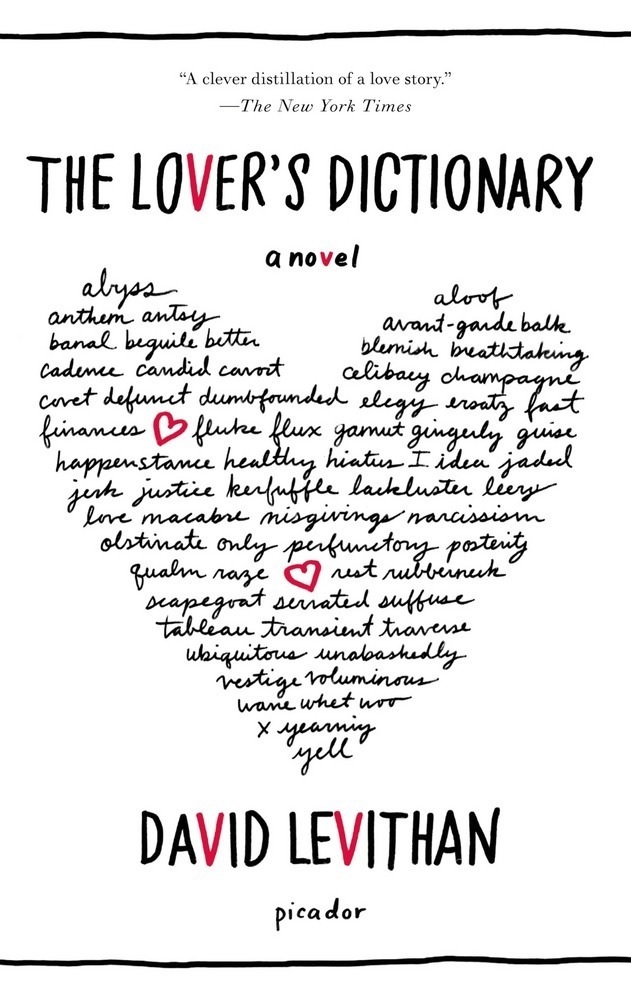 David Levithan draws inspiration not from written correspondence but from the dictionary in The Lover's Dictionary ($13, Picador), which tells the story of a relationship as a series of definitions. Each new entry sheds light not only on the relationship in question, but the everyday moments of relationships in general.
David Levithan draws inspiration not from written correspondence but from the dictionary in The Lover's Dictionary ($13, Picador), which tells the story of a relationship as a series of definitions. Each new entry sheds light not only on the relationship in question, but the everyday moments of relationships in general. 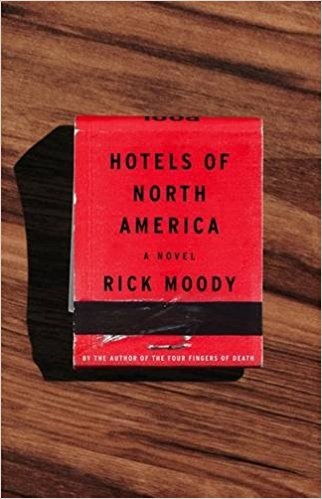 Rick Moody's Hotels of North America ($15.99, Back Bay) uses material from a fictional website called RateYourLodging.com to build a story, as one of the top reviewers on the site follows the thread of another man's life through his reviews of hotels across North America. Unexpected? Yes. Surprisingly humorous and oddly captivating? Also yes. Descriptions, in fact, that would fit each of these novels in turn. --Kerry McHugh, blogger at Entomology of a Bookworm
Rick Moody's Hotels of North America ($15.99, Back Bay) uses material from a fictional website called RateYourLodging.com to build a story, as one of the top reviewers on the site follows the thread of another man's life through his reviews of hotels across North America. Unexpected? Yes. Surprisingly humorous and oddly captivating? Also yes. Descriptions, in fact, that would fit each of these novels in turn. --Kerry McHugh, blogger at Entomology of a Bookworm



 How long did it take you to write this novel?
How long did it take you to write this novel? 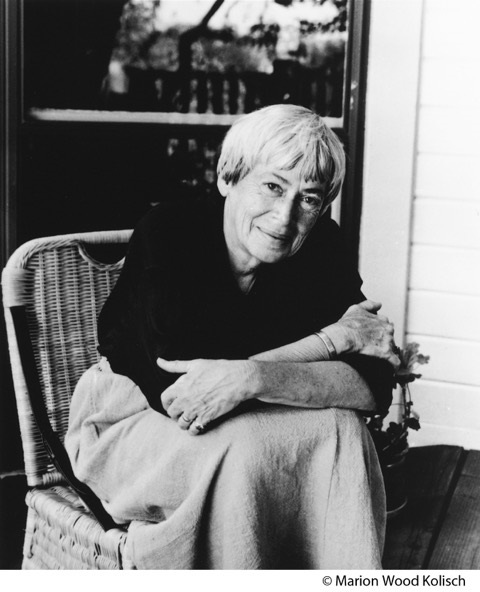 Ursula K. Le Guin, a master of modern science fiction and fantasy,
Ursula K. Le Guin, a master of modern science fiction and fantasy, 
